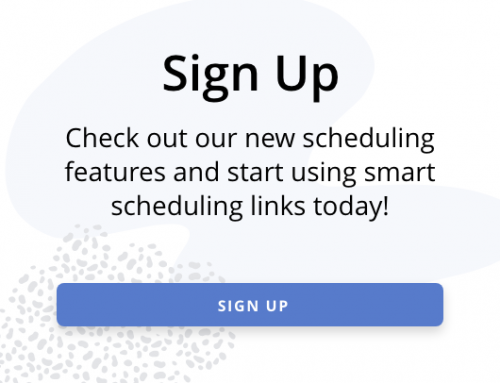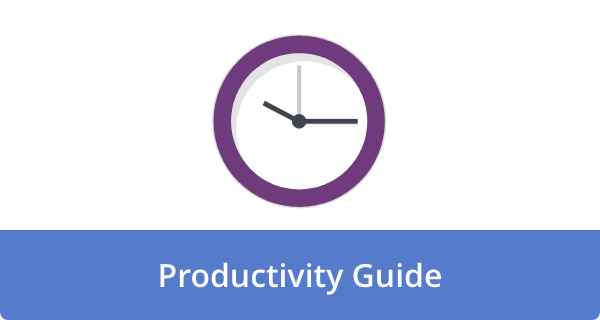

As technology advances, skills are becoming more obsolete at an alarming rate. Every industry, even hobbies, undergoes constant change as technology changes and industries evolve. To remain competitive in your career or simply maintain your brain’s sharpness, you need a reliable way of learning new skills.
That’s where the DiSSS Method comes in.
The DiSSS Method, coined by productivity expert Tim Ferriss, gives you a framework to learn anything, from coding to playing guitar to mastering a new language. You can cut through noise and focus on what matters by breaking down the learning process into four steps: Deconstruction, Selection, Sequencing, and Stakes.
Let’s examine how the DiSSS Method works and how it can be applied to your own learning objectives.
Why Most People Struggle to Learn New Skills
To begin with, let’s examine why most of us struggle with learning.
- Overwhelm. No matter what we tackle, whether it’s a new programming language or a new business model, we try to take on too much at once.
- Inefficient practice. Instead of practicing conversations in a new language, we often focus on memorizing vocabulary lists.
- Lack of consistency. Because we don’t have accountability systems, we burn out quickly.
Through the DiSSS Method, each of these obstacles can be overcome by simplifying the process and making learning more efficient and sustainable.
How to Apply the DiSSS Method Step by Step
Rather than dealing with learning as a slog, DiSSS helps you organize it logically and keep track of what matters. You can put it into practice by following these steps.
Step 1: Deconstruction — break it down.
At first, most skills appear intimidating because we only see the whole picture. Think about learning how to play the guitar. At first glance, it may seem like you need to memorize hundreds of chords, scales, and songs. In reality, most popular songs use only a few chords.
The deconstruction of a skill involves breaking it down into its smallest attainable components. Ask yourself;
- What are the building blocks of this skill?
- What’s the 20% of knowledge that drives 80% of results?
- Are there any critical subskills that build everything else on top of them?
Examples:
- Language learning. Rather than memorizing every word, focus on the 100–200 most common ones.
- Cooking. Discover 5–10 techniques that you can apply across hundreds of recipes, such as sautéing, roasting, and braising.
- Coding. Before worrying about advanced frameworks, start with basic syntax and logic structures.
As you break things down, you stop seeing an overwhelming mountain and start seeing manageable steps.
Step 2: Selection — Focus on what matters most.
As soon as you’ve broken down a skill into smaller parts, you can start selecting them. To do this, you must decide which pieces to learn first.
A common trap is believing that you must know everything before you can get started. It turns out that most of your progress in the early stages comes from a few components.
As such, you may want to ask:
- Is there a sub-skill that will give me the fastest results?
- Even if I’m not perfect, which pieces will allow me to use the skill right away?
- For now, what can I ignore?
Examples:
- Public speaking. Concentrate on practicing delivery and structuring a simple talk instead of studying advanced rhetoric.
- Photography. Before you worry about editing software, master composition and lighting.
- Fitness. Perform a few compound exercises correctly, such as squats and push-ups, rather than overloading isolated movements.
The more focused you are, the faster you will make progress-and the more momentum you will create.
Step 3: Sequencing — Put it in the right order.
Even if you choose the right sub-skills, the order in which you learn them is essential. This is where sequencing comes into play.
Here, you should arrange your learning in a manner that logically builds on each other. As a result, frustration is prevented and mastery is accelerated.
Examples:
- Language learning. Before learning grammar rules, start with essential phrases like “Where is…?” or “I need…”. Eventually, you’ll be able to communicate more complex needs.
- Coding. Become familiar with basic programming concepts before diving into functions, and then proceed to object-oriented programming.
- Playing guitar. To start practicing simple songs, learn basic chord shapes, transition smoothly between them, and practice them until you are comfortable.
By following the correct sequence, you can achieve quick wins and establish a solid foundation for deeper learning.
Step 4: Stakes — Create accountability.
The truth is, most people don’t quit because they can’t learn new skills. They quit because nothing is at stake. When motivation is lacking, it tends to fade away.
To keep yourself moving, you need to create consequences and rewards. Here are a few ways to do so:
- Public commitment. If you want to learn something, consider sharing it with your family and friends, or your social media followers.
- Financial commitment. Spend money on a course, hire a coach, or place a bet with a friend.
- Deadlines. Set a specific date to achieve a milestone, such as learning a new language or performing a song.
- Partnerships. You might be able to find someone who is also learning a skill who can help you stay accountable and progress together.
Even small stakes can make a significant difference — they just need to matter enough that giving up is difficult.
How the DiSSS Method Plays Out: A Real Example
Let’s say you’re planning a trip to Spain and would like to learn the Spanish language. This is how you might apply the DiSSS framework:
- Deconstruction. Break down Spanish into its building blocks: common verbs, everyday nouns, and basic grammar patterns.
- Selection. Don’t bother with anything other than the top 200 most common words and essential phrases. For now, let’s skip advanced grammar.
- Sequencing. Begin with greetings and survival phrases, then learn sentence patterns, and finally expand your vocabulary.
- Stakes. You can book a conversation lesson with a native speaker two weeks from now. Extra accountability can be achieved by posting your goals online.
When you use DiSSS, you avoid learning obscure vocabulary or rules you won’t use, and instead focus on becoming conversational quickly.
Why the DiSSS Method Works
By chunking, prioritizing, and reinforcing, the DiSSS Method aligns with how humans naturally learn. When you learn strategically, you don’t get overwhelmed by complexity.
The reason it works is:
- Overwhelm is reduced. The smaller the chunk, the less intimidating it is.
- Progress is accelerated. When you focus on high-impact areas, you achieve results more quickly.
- Momentum is built. Quick wins and accountability maintain your motivation.
- Sustainability is created. As you build on the foundation, the sequence ensures that you’re always building on it.
Tips for Applying DiSSS in Everyday Life
When you understand the DiSSS framework, putting it into practice becomes invaluable. Here are a few simple ways to incorporate it into your daily routine without feeling overwhelmed.
- Use micro-sessions. It takes only 20–30 minutes of focused practice per day to make a difference.
- Track progress visibly. To keep track of milestones, use a notebook, app, or calendar.
- Mix practice types. Combine deliberate practice (focused drills) with playful application (using the skill in real-life situations).
- Reflect and adjust. Every now and then, ask yourself: What’s working? What’s holding me back? You may need to adjust your deconstruction, selection, or sequence accordingly.
The Productivity Payoff
The goal of learning new skills isn’t just to grow as a person, but also to save time and energy. By mastering the DiSSS Method, you can compress months of trial and error into weeks instead of wasting hours.
The fact is, if you can learn a high-value skill faster — whether it’s coding, copywriting, or project management — you will unlock opportunities sooner. As a result, you gain leverage in your career, save money on mistakes, and build confidence that transfers to other aspects of your life.
It’s that hidden productivity boost that makes you adaptable to anything.
Final Thought
As the world changes rapidly, it’s not possible to cling to one skill set forever. In the future, those who can learn anything will succeed, not those who know everything.
You can become that kind of person with the DiSSS Method. Be accountable, break skills down, focus on what matters, and learn in the right order. No matter what you want to master, this method will save you time, reduce frustration, and make learning feel less like a chore and more like a superpower.
The next time you face a skill that seems overwhelming, keep in mind that you don’t have to conquer it all at once. Take it step by step — DiSSS style.
Image Credit: Photo by Thirdman; Pexels











Deanna Ritchie
Editor-in-Chief at Calendar. Former Editor-in-Chief and writer at Startup Grind. Freelance editor at Entrepreneur.com. Deanna loves to help build startups, and guide them to discover the business value of their online content and social media marketing.